Teaching Beyond the Main Idea: Nonfiction and Point of View (Part I)
I've had 'organize the file cabinet' on my household to-do list for about two years now. And I'm proud to say, I now have the satisfaction of crossing that off the list! I noticed some trends as I came face-to-face with these files:
- Early on in my teaching, I had a quick obsession with graphic organizers that looked like food.
- I have a knack for keeping multiple copies of the exact same thing.
- Transparencies were a thing - I mean, they were THE thing.
I came across my Nonfiction Reading folder, began organizing it, and was struck by a huge trend. Upwards of 80% of what was in that file had to do with determining the main idea. I had prompts to coach kids on figuring out the main idea, strategies to teach main idea, proficient examples of student writing illustrating the main idea, nonfiction articles that were main idea-friendly with supportive sub-headings.And there is good reason for all of this main idea support. Determining the main idea is one of those reading skills that's tricky, takes a lot of practice to get really good at it, and requires synthesis work across swaths of text with a hearty dash of interpretative thinking: What IS this text mostly about? The overall message of idea of this piece is...? What is the author teaching me about this topic? We also find ourselves continuously teaching into this skill because as nonfiction texts get harder and more complicated, one could argue figuring out the main idea is, then, harder. Just imagine reading this article on string theory and then being asked to talk about the main idea (no pressure:).But here's the thing. When we study the Common Core Standards, when we tap into the conversations of all that kids can talk and think about when reading nonfiction, when we study the questions on high-stakes exams, kids need to be able to think about way more than just the main idea. And, they should! There is a whole wide world of great things to think and talk about when reading nonfiction:
What's the point of view of this text? Why did the author choose these words or use this language here? What's the shape and structure of this text and how does that impact how I receive the information? Is there bias here? What information is left out?
We can also put this conversation in the context of the Common Core Standards. Specifically, when studying the reading anchor standards, you'll notice how the craft and structure reading standards guide students to engage in work beyond the main idea: interpreting words to figure out their connotative meaning; analyzing word choice and how it creates tone; analyzing text structure and how specific sentences or paragraphs relate to each other; assessing the point of view and how it shapes the content of a text.So. This blog post is part 1 of a 3-part series on additional ways to support the reading of nonfiction beyond teaching into the main idea. We'll give air time to lesser-explored nonfiction reading skills - well, they were were lesser-explored for me and some educators I worked with over the summer in an advanced course at the Teachers College Reading and Writing Project's Annual Summer Institute. We spent a week pushing ourselves to develop curriculum, charts and examples of other important areas of nonfiction work:
- Part One: Nonfiction and Point of View
- Part Two: Nonfiction and Author's Intent
- Part Three: Nonfiction and Critical Reading
Nonfiction and Point of ViewMany argue that all texts, nonfiction & fiction, carry a point of view and perspective. Stephanie Jones, in her book, Girls, Social Class, and Literacy, argues
All texts (i.e., spoken, written, performed and multimodal) are constructed by people who are informed by particular ideologies - they are entrenched with perspective.
Exploring point of view and perspective inside nonfiction is a layered journey, where some texts carry a more obvious POV, whereas other texts are more subtle. The Common Core Standards devote one anchor reading standard to this work:
Reading Standard #6: Assess how point of view or purpose shapes the content and style of a text.
We can wrap additional words around this standard, exploring and teaching point of view of nonfiction as a viewpoint, a stance the author takes on the topic, or a perspective.Strategies for Teaching Determining the Point of View of NonfictionHere are some starter strategies to use when exploring point of view of nonfiction:
- Readers notice the words the author uses to help determine how the author might feel about the topic and then use that feeling to determine a possible point of view.
- Readers determine the author’s point of view by imagining which side the author would take in a debate on the topic.
- Readers read more than one text on the same topic in order to be able to recognize different viewpoints about the topic.
- Readers determine what information is missing from a text. Then readers can wonder why the information may have been left out. That reason for omission can help determine the author's point of view.
- Readers pay attention to numbers, facts or statistics that are used in a text. By analyzing what the numbers, facts or statistics are showing, a reader can help determine the author’s point of view.
Language Prompts for Determining the Point of View of NonfictionHere are some language prompts to use when exploring point of view of nonfiction:
- When the author says ___ it makes me think he/she may believe…
- The author seems to be making the point that ... The sentence or words giving evidence of that point is ___
- The author doesn’t say anything about ___, so I wonder if he/she thinks…
- If the author was debating this topic, his or her side might be ___. I think this because…
- The visual images in the article (photographs, illustrations, diagrams) are included to maybe make the reader think or feel ___. Therefore, the point of view might be…
- When the author uses words like ___, ___, and ___, this tells me he/she might feel ___ about the subject.
- If the central idea of the text is ____, then the author’s point of view might be ___ because….
A Possible Teaching Chart that Supports Nonfiction and Point of View  Teachers trying this work with colleagues and their students found an instant boost in student engagement, as it sets up an investigative stance when reading nonfiction (versus a passive, hands-off stance that sometimes infects students when reading nonfiction). Teachers also found a jump in students' overall meaning making and critical thinking practices. We'd love to hear how this goes for your and your students!-Kate and MaggieBig Idea = Nonfiction Reading Tiny Detail = Practical Strategies for Exploring Point of View of Nonfiction
Teachers trying this work with colleagues and their students found an instant boost in student engagement, as it sets up an investigative stance when reading nonfiction (versus a passive, hands-off stance that sometimes infects students when reading nonfiction). Teachers also found a jump in students' overall meaning making and critical thinking practices. We'd love to hear how this goes for your and your students!-Kate and MaggieBig Idea = Nonfiction Reading Tiny Detail = Practical Strategies for Exploring Point of View of Nonfiction

